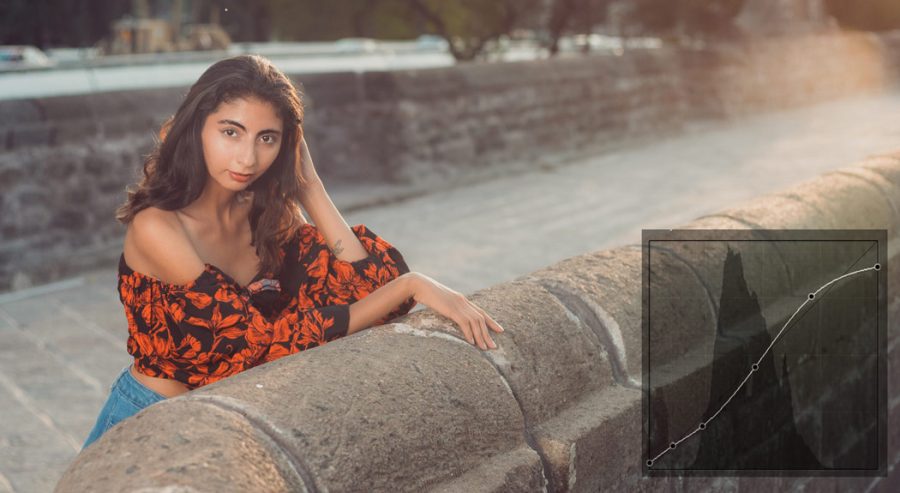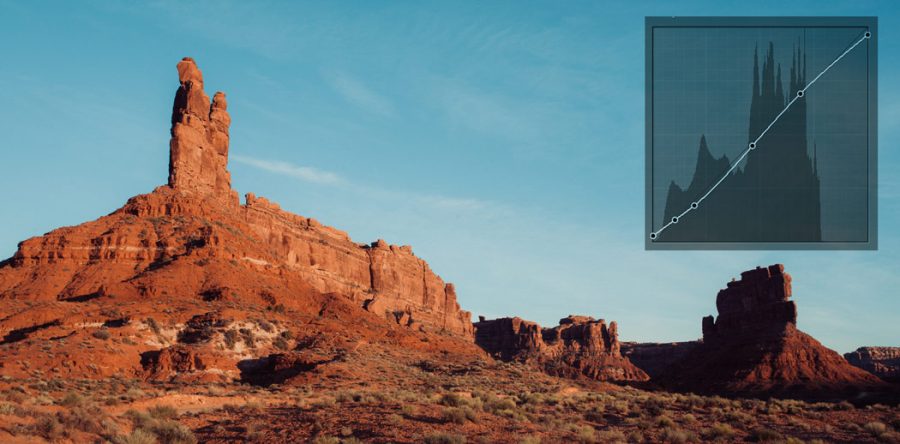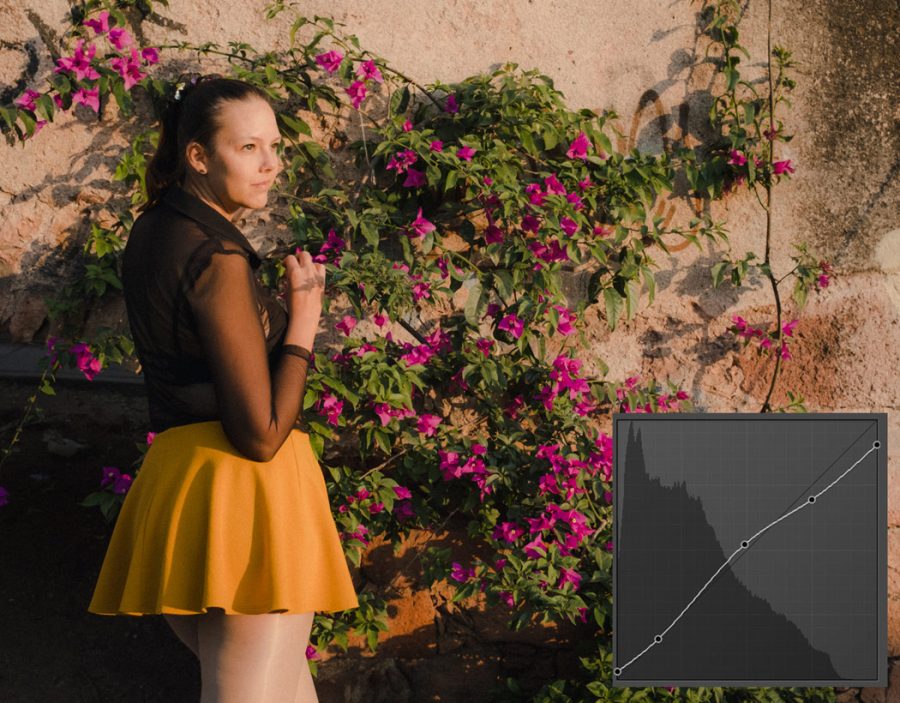Curves are how most pros and quality presets control the detailed tones in a photo. But in today’s short video, I’ll show you a better way to use your curves. We’ve been using S Curve in photography since the dawn of digital. But this is the F Curve!
Why did I stop using the S Curve in my Photography?
Because after years of editing, and studying dynamic range. Creating popular editing packs like Natural HDR and Silver black and white. I realized the S curve was often overdriving on our edits.
So I started creating the F curve in my recipes. It gives contrast control, without giving you a crunchy, overly processed look. It does this because it’s based on chemical film processing and is more flexible.
In this video, I’ll show you how to use the F Curve!
If you want Lightroom presets or Capture One Styles you’ll find great examples of the F curve in the free sampler packs of Filmist Film presets and Silver 5 presets.
Also sub my channel for more videos like this one.
How to use the S curve in Photography today!
It’s easier to add fine control to an F curve because we’re not always looking for that S shape. A film-like curve is useful not only for recipes that require a film-like feel. It simply works on nearly everything.
It might feel like an S curve when you start. But don’t stop there. Pull down the highlights and then lift a little in the middle, pull the shadow area a bit down and the black a bit up. You can vatu this any way you want. Just keep the curve smooth and maintain that highlight drop as needed.
I didn’t have a name for this, I just knew this simple course was giving me results that felt better in most situations, and I started using it a lot. It was only after years of applying this that I realized how simple it was and started calling it the Filmic Curve, or the “F” curve.
Gradually, I started using the normal photography S Curve less and applying variants that merged it into F curve. I watched as my own presets and edits got smoother, with better highlights and even better shadows and contrast.
It’s a simple tweak that transforms your edits.

But without Shadow, your curves mean nothing!
When I started developing Filmist film presets years ago, I realized that Film has a softer highlight roll-off than digital has a hard sensor. Contrasting lenses and easy-to-move editing soldiers were getting over-curved. especially with the traditional digital photography s curve.
A curve can add or remove your shadow. The S-curve in photography can quickly pop highlights or put some punch into shadows, and often it works well. The problem is that it tends to do the same thing to every photo, and while it boosts contrast in the edit, you lose fidelity in the roll-off details.
Tone roll-off is a big deal. And what most don’t realize is that you don’t always need to push up highlights because they are actually very perception based.
That highlight will seem BRIGHT depending on the tone of the shadows that surround them. To learn more about shadows watch this video on my channel. In short, combining smooth highlight roll-off with organic feeling shadow gives you a rich result.

The F Curve will replace your S curve crutch!
So instead of the S Curve in your photography, us the F curve because you better control the shadow dimension and how that relates to your highlights as they roll off perfectly, just as they did with Film!
You also won’t always feel like you have to create that S shape will open up how you use the tones in each photo.
I hope you found this useful and will spread it around because the F curve really is better than the S Curve. Please spread this around and let me know what you think in the comments.
Gavin Seim

